As the mercury drops and energy bills soar, keeping your home cosy can feel like a constant battle. There are plenty of clever tricks to maintain a toasty abode without sending your heating bill through the roof. Whether you’re looking to save a few quid or reduce your carbon footprint, these savvy hacks will help you trap heat and banish draughts. From quick fixes to weekend projects, we’ve got something for everyone. So grab a cuppa, snuggle up, and get ready to transform your home into a warm haven – all without touching that thermostat.
Draught-Proof Your Doors
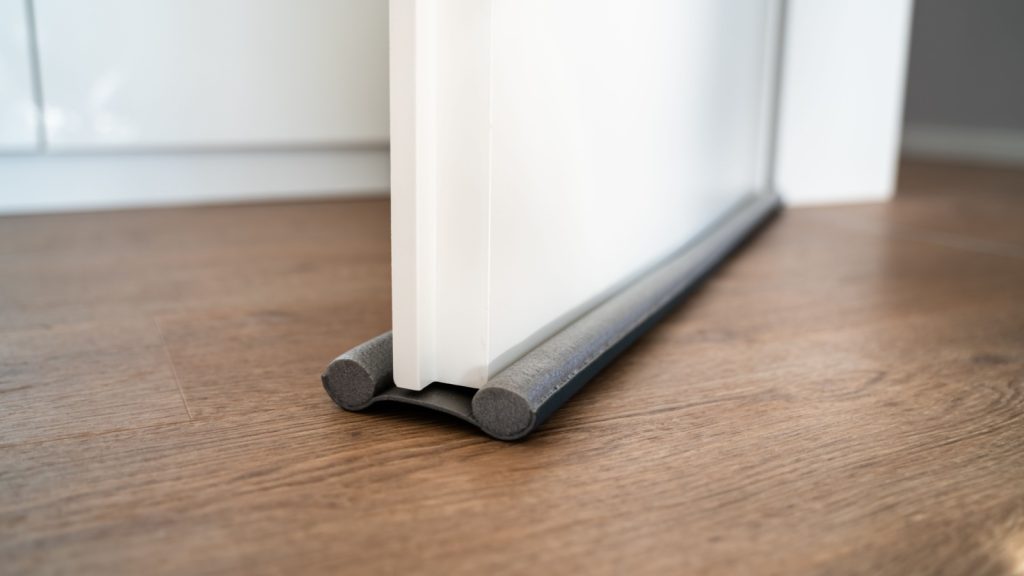
Cold air sneaking under doors is a common culprit for chilly rooms. Invest in a simple draught excluder or make your own using an old towel rolled up and placed at the base of the door. For a more permanent solution, fit brush strips or rubber seals around the door frame. These small changes can make a big difference in keeping warm air in and cold air out. Don’t forget to check for gaps around the door frame itself – use caulk to seal any cracks you find for an even more effective draught-proofing job.
Insulate Your Windows
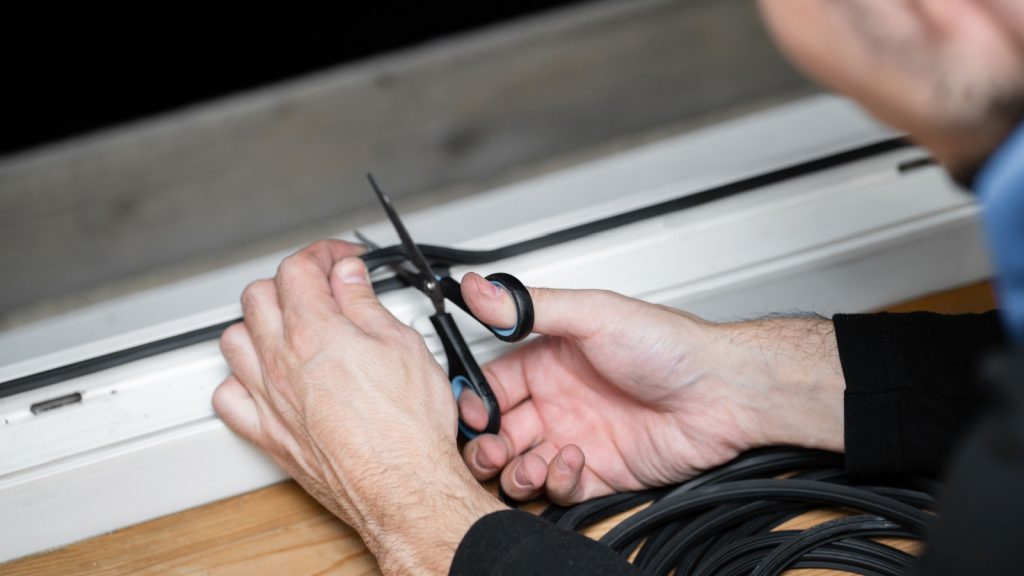
Windows can be major heat-loss culprits. Apply self-adhesive foam strips around the edges of your windows to seal any gaps. For single-glazed windows, consider using window insulation film – it’s cheap, easy to install, and can reduce heat loss by up to 50%. Don’t forget to open curtains during sunny days to let in natural warmth, and close them as soon as the sun sets to trap the heat inside. For an extra layer of insulation, hang thermal blinds behind your curtains to create a double barrier against the cold.
Reflect Radiator Heat
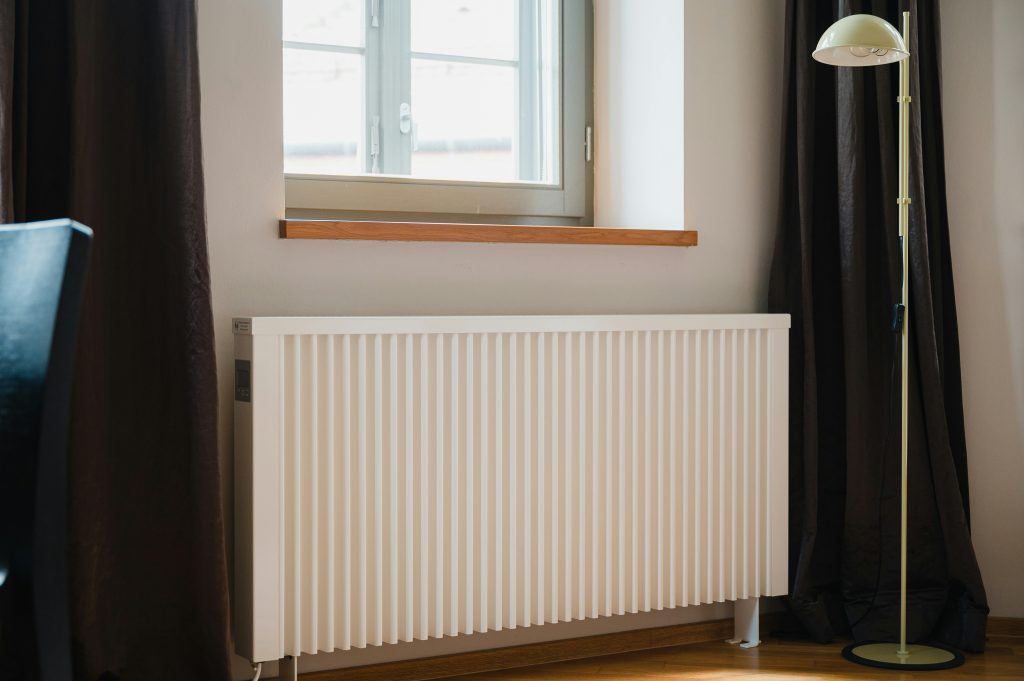
Maximise your radiator’s efficiency by placing reflective foil behind it. This simple trick bounces heat back into the room instead of letting it escape through the wall. You can buy special radiator reflector panels, or make your own using kitchen foil attached to cardboard. Remember to dust your radiators regularly, as dust can reduce their efficiency by up to 30%. For even better heat distribution, consider installing a small fan above your radiator to help circulate warm air around the room more effectively.
Rearrange Your Furniture

Give your room layout a critical once-over. Move sofas and armchairs away from radiators and external walls to allow heat to circulate more freely. Pulling furniture slightly away from walls also reduces the risk of cold spots and mould growth. Consider using rugs on bare floors to add an extra layer of insulation and keep your feet warm. If you have a ceiling fan, switch it to rotate clockwise at a low speed in winter – this will push warm air that rises to the ceiling back down into the room.
Seal Your Chimney
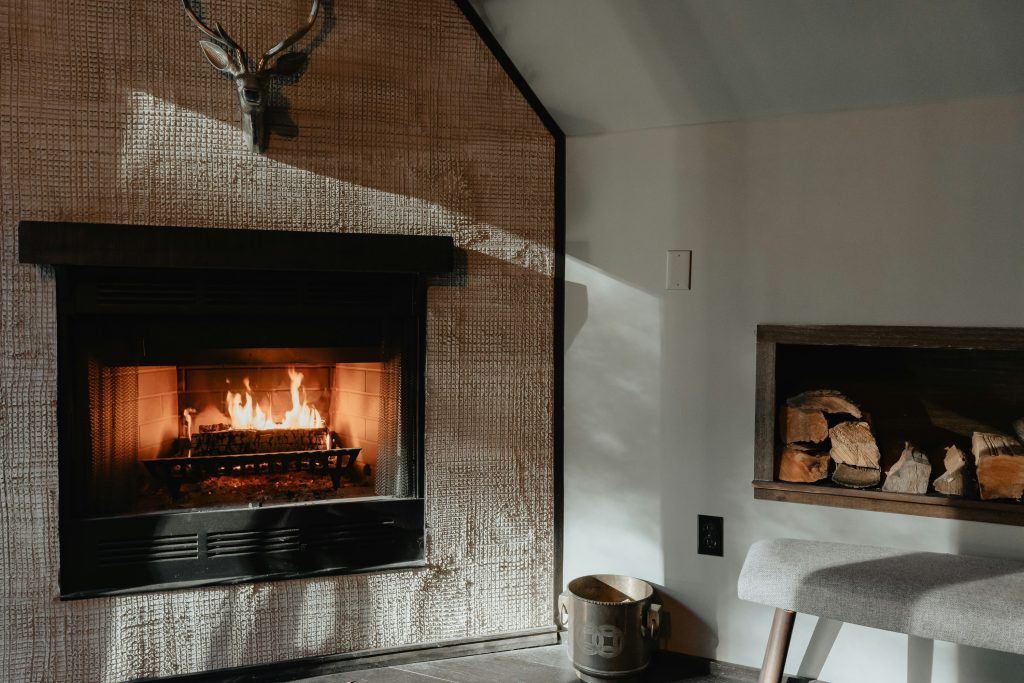
An open chimney can suck warm air out of your home like a giant straw. If you’re not using your fireplace, invest in a chimney balloon to block the draught. These inflatable devices are easy to install and remove. For a quick fix, try stuffing the chimney with old newspapers or a bin bag filled with scrunched-up paper. Just remember to remove it before lighting a fire! If you use your fireplace regularly, consider installing glass doors to prevent warm air from escaping when the fire isn’t lit.
Insulate Your Loft Hatch
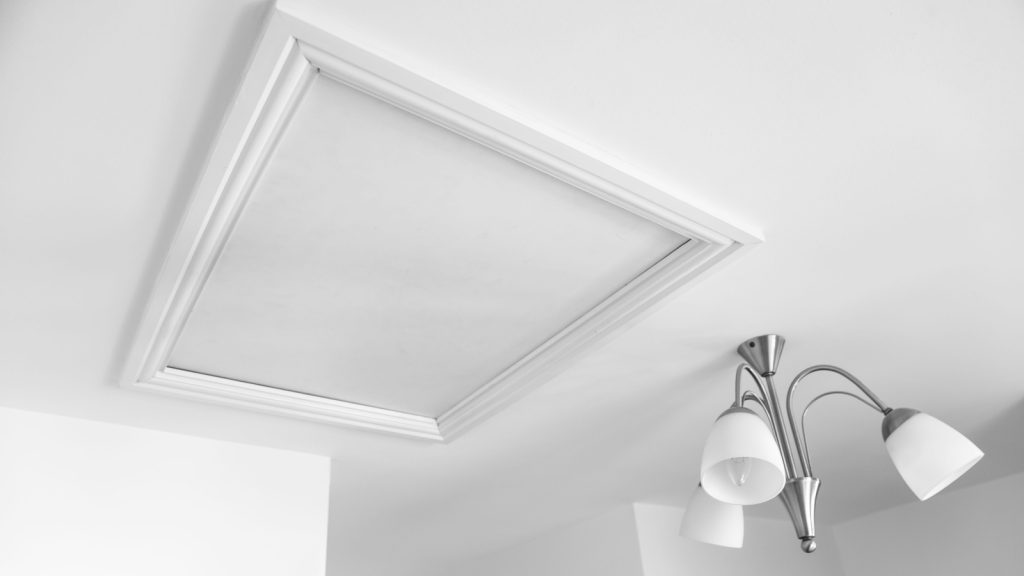
Your loft hatch can be a sneaky source of heat loss. Add insulation to the hatch itself and fit draught-excluding strips around the edges. For an extra layer of protection, consider making a simple cover for the hatch using a piece of insulation board cut to size. This small step can make a noticeable difference in keeping your upstairs rooms warm. Don’t forget to check the insulation in your loft as well – aim for at least 270mm of insulation for optimal heat retention.
Use Thermal Curtains
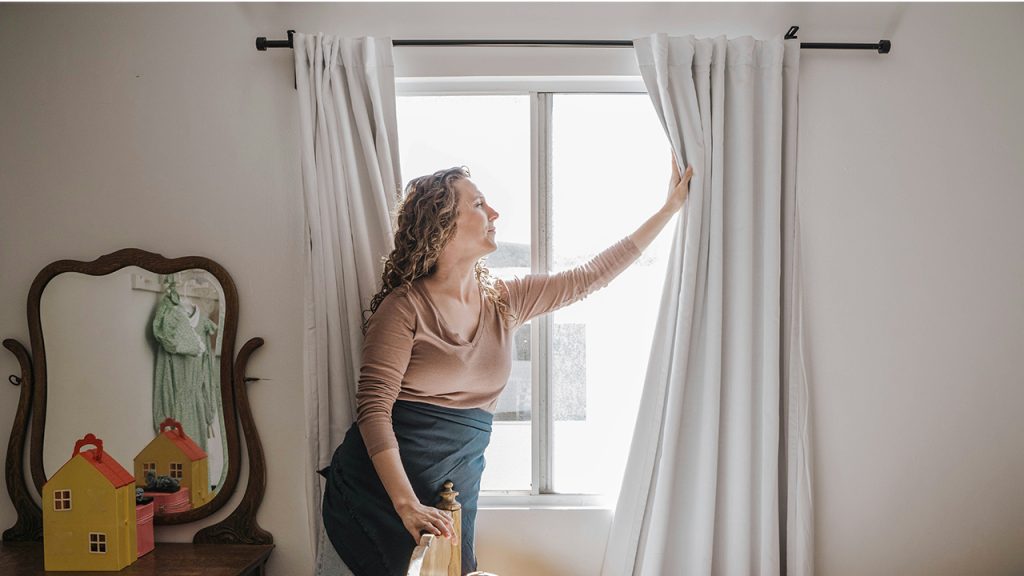
Thick, heavy curtains can work wonders in keeping your home warm. Thermal curtains with a special lining are particularly effective at trapping heat. Hang them as close to the window as possible and ensure they fall below the windowsill. For an extra boost, you can even hang a curtain over external doors to create an additional barrier against the cold. Consider using magnetic tape to seal the edges of the curtains to the wall, creating an even tighter seal against draughts.
Bleed Your Radiators
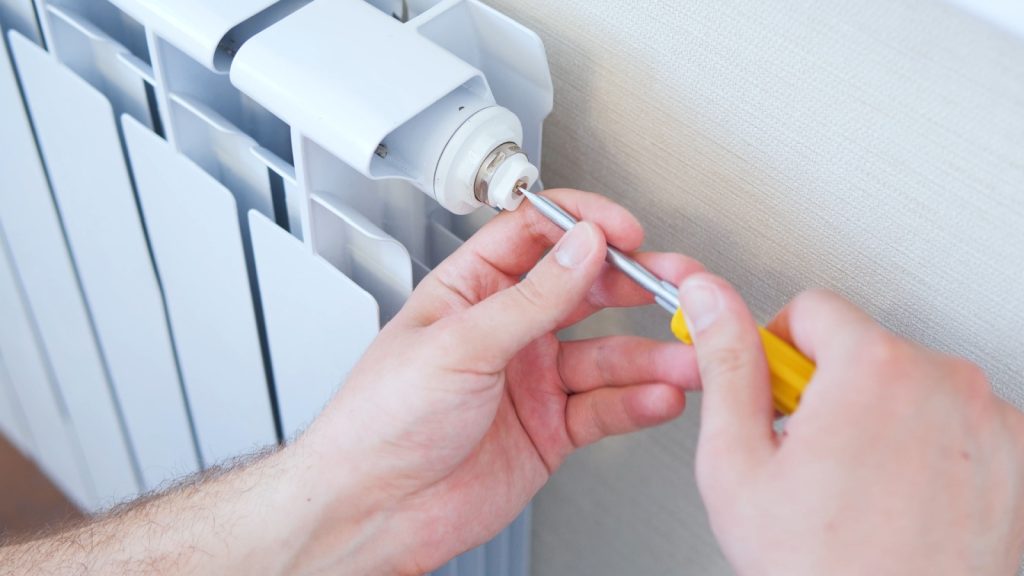
Trapped air in radiators can prevent them from heating up properly. Bleeding your radiators is a simple task that can significantly improve their efficiency. Use a radiator key to open the valve slightly until you hear a hissing sound. Once water starts to come out, close the valve. This process ensures your radiators are working at full capacity, warming your home more effectively. After bleeding, check your boiler pressure – it may need topping up to maintain optimal performance.
Cover Bare Floorboards
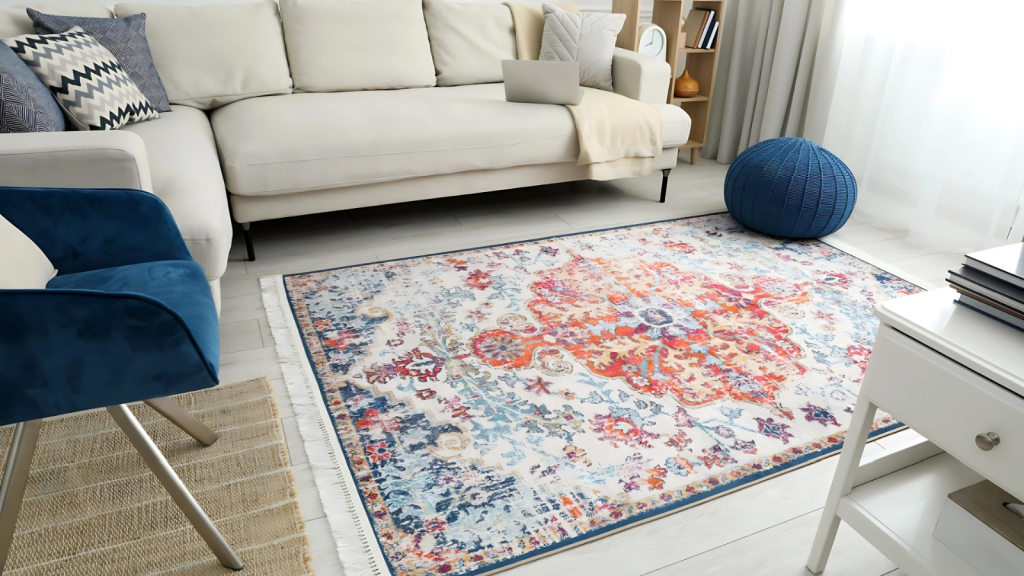
Gaps between floorboards can account for up to 15% of heat loss in a room. Fill these gaps using a silicone-based filler or special floorboard filler strips. For a quicker solution, lay down rugs or carpet to add an extra layer of insulation. This not only keeps your feet warm but also helps to retain heat in the room. If you’re handy with DIY, consider adding a layer of insulation beneath your floorboards for even better heat retention.
Use Your Oven Wisely
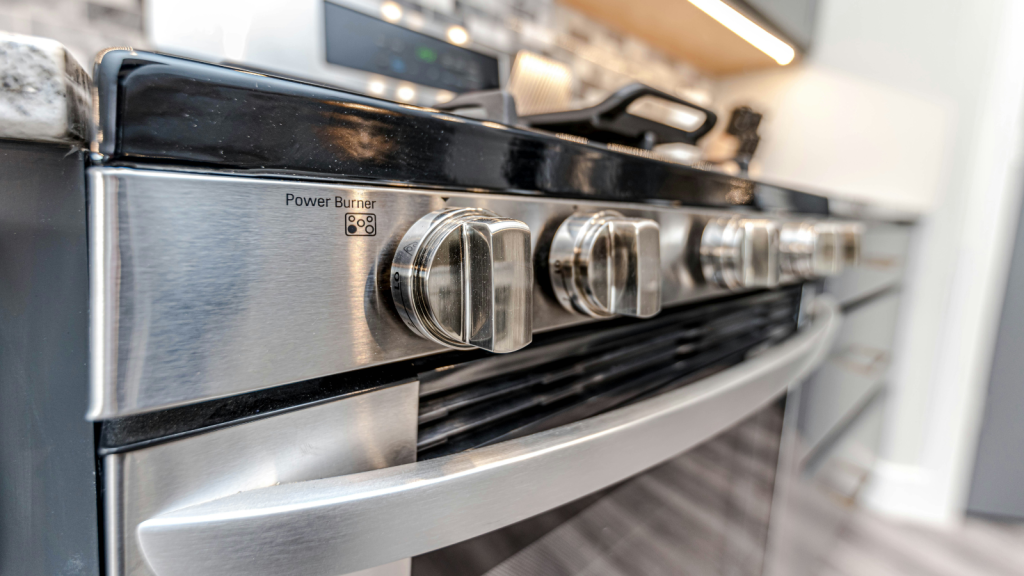
After cooking, leave your oven door open (unless you have small children or pets). The residual heat will help warm up your kitchen at no extra cost. Similarly, when you’ve finished having a bath, leave the bathroom door open to let the warm, humid air circulate through the house. These small habits can make a noticeable difference in your home’s overall warmth. Consider cooking meals that require longer oven times during the coldest parts of the day to maximise the heating benefit.
Insulate Your Hot Water Cylinder
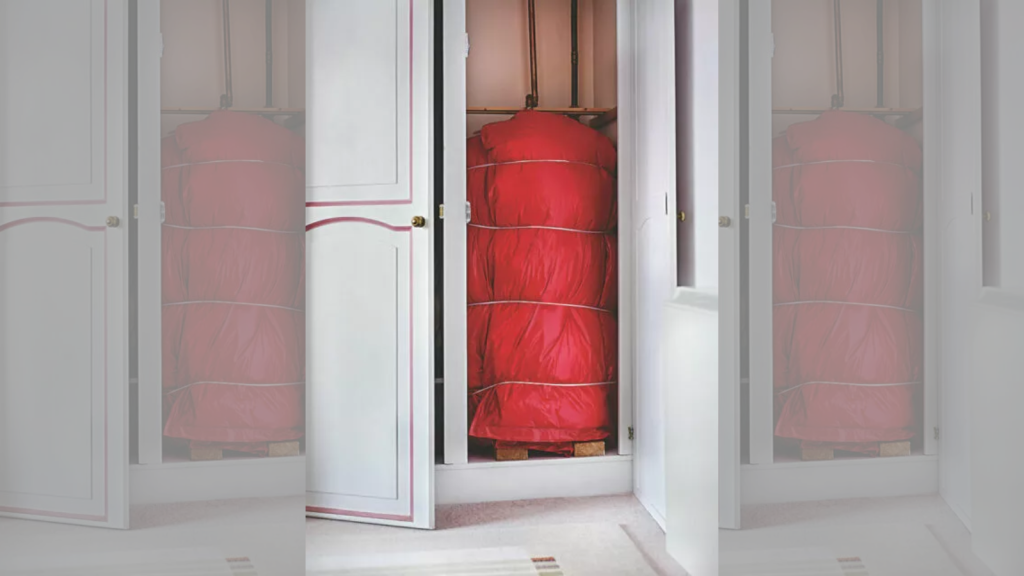
If you have a hot water tank, ensure it’s properly insulated. A well-insulated tank can keep water hot for hours, reducing the energy needed to reheat it. You can buy a hot water cylinder jacket from most DIY shops. It’s an inexpensive investment that can save you money on your energy bills in the long run. Don’t forget to insulate the pipes leading to and from your hot water tank as well – this can further reduce heat loss and improve efficiency.
Use Tin Foil Behind Radiators
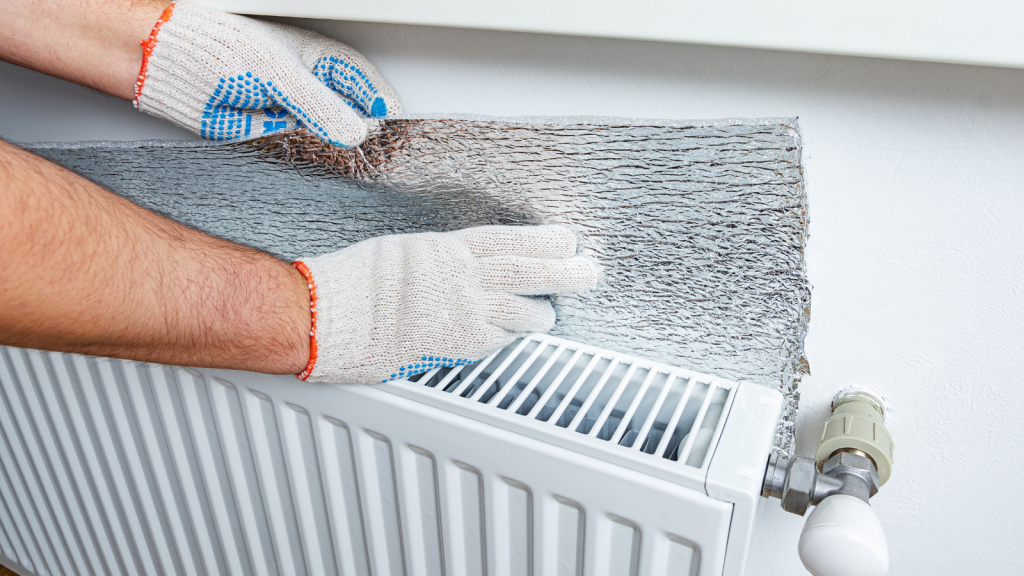
For a budget-friendly alternative to radiator reflector panels, use kitchen tin foil. Simply tape a sheet of foil, shiny side facing out, to the wall behind your radiator. This reflects heat back into the room that would otherwise be lost through the wall. It’s a quick, cheap hack that can make a surprising difference to the warmth of your room. For best results, clean the radiator thoroughly before applying the foil to ensure maximum heat reflection.
Draught-Proof Your Letterbox
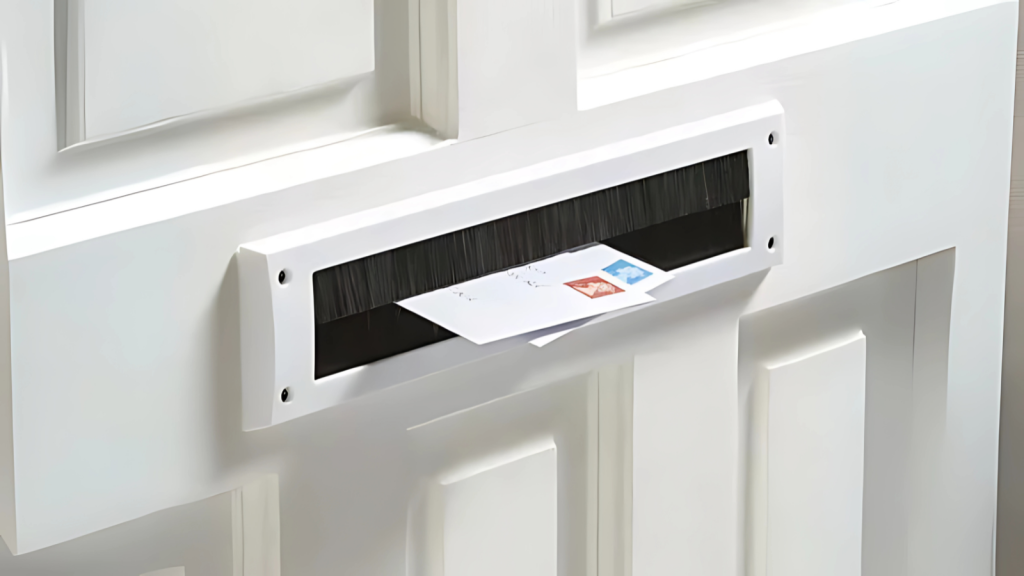
Your letterbox can be a surprising source of cold air. Fit a letterbox draught excluder with a brush seal to keep the cold air out. For an extra layer of protection, consider adding a letterbox cover on the inside of your door. These small changes can make a big difference in reducing draughts and keeping your hallway warmer. If you’re particularly crafty, you can make a decorative fabric draught excluder that hangs on the inside of your door, covering the letterbox when not in use.
Use Door Snakes
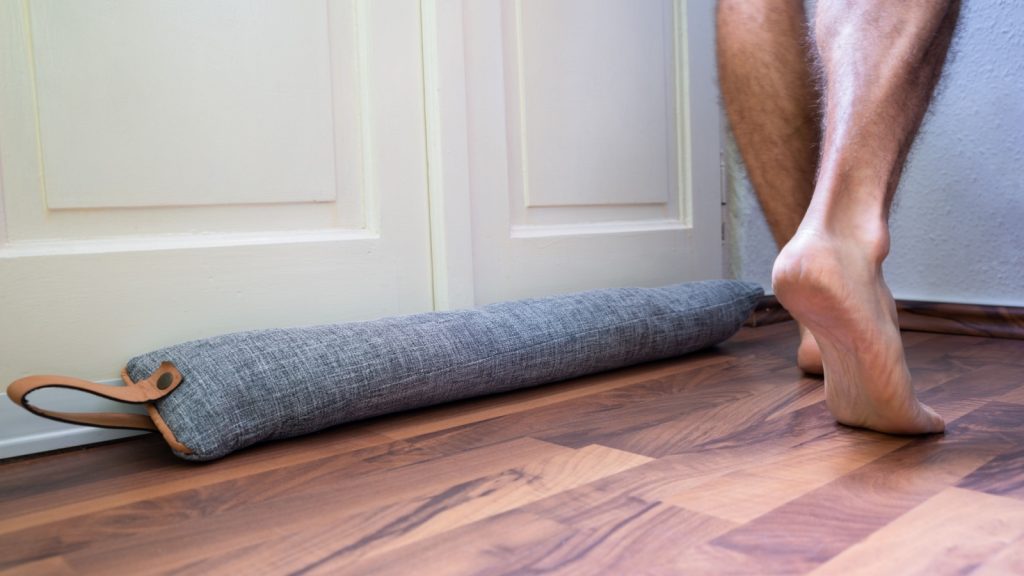
Door snakes, or draught excluders, are a simple and effective way to block cold air from creeping under doors. You can buy them ready-made or create your own using fabric stuffed with rice, lentils, or even old socks. Place them at the bottom of doors, especially those leading to colder areas like hallways or unused rooms. They’re easy to move and can make a noticeable difference in keeping rooms warm. For a more permanent solution, consider installing brush strips or rubber seals at the bottom of your doors.
Utilise Sunlight

Make the most of free solar heat by opening curtains and blinds during the day, especially on south-facing windows. The sun’s rays can warm up your rooms naturally. As soon as the sun sets, close your curtains to trap the heat inside. This simple habit can help reduce your reliance on artificial heating and keep your home naturally warmer. Consider trimming any trees or shrubs that might be blocking sunlight from entering your windows to maximise this free heat source.
Katy Willis is a writer, master herbalist, master gardener, and certified canine nutritionist who has been writing since 2002. She’s finds joy in learning new and interesting things, and finds history, science, and nature endlessly fascinating.

